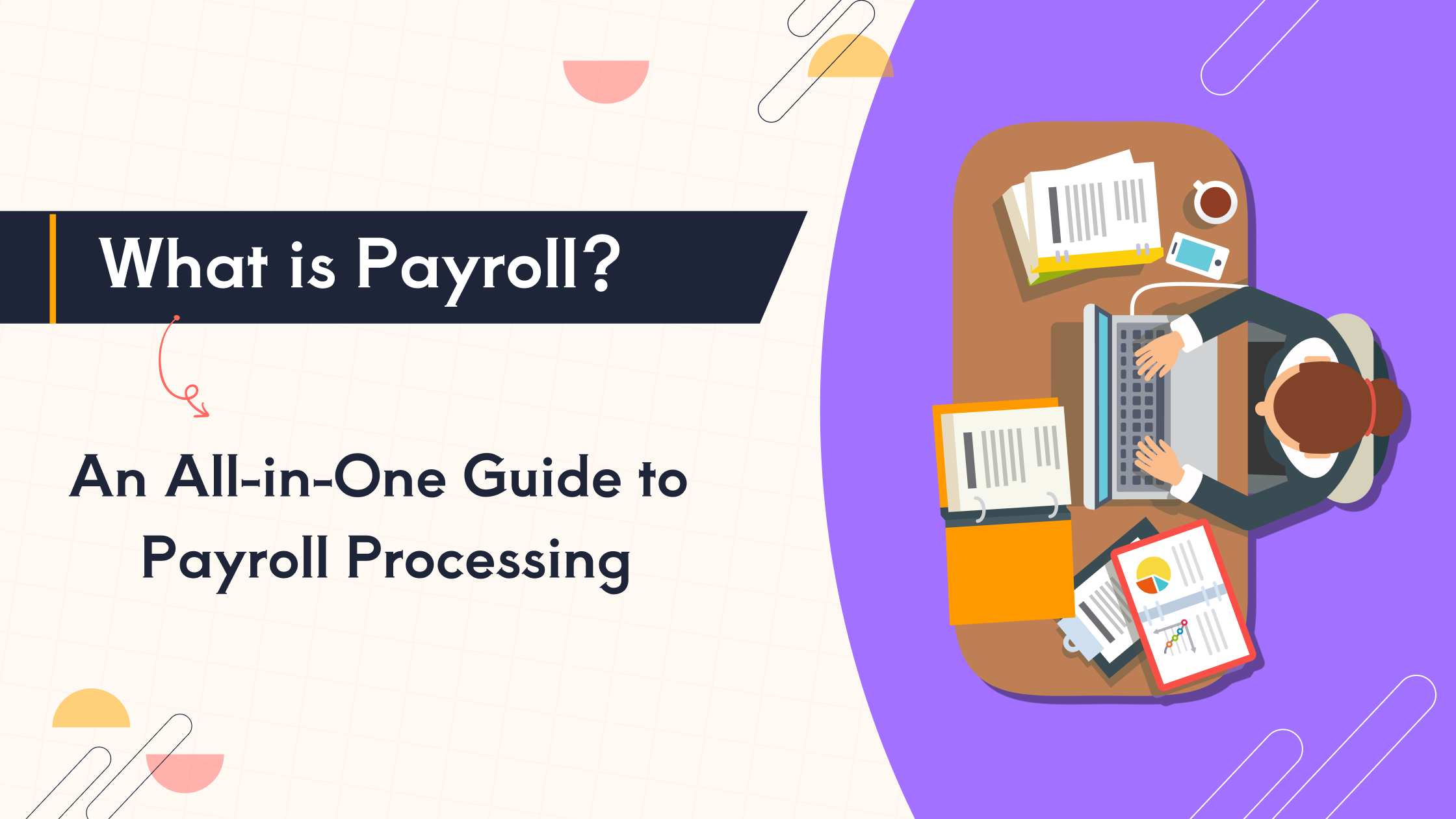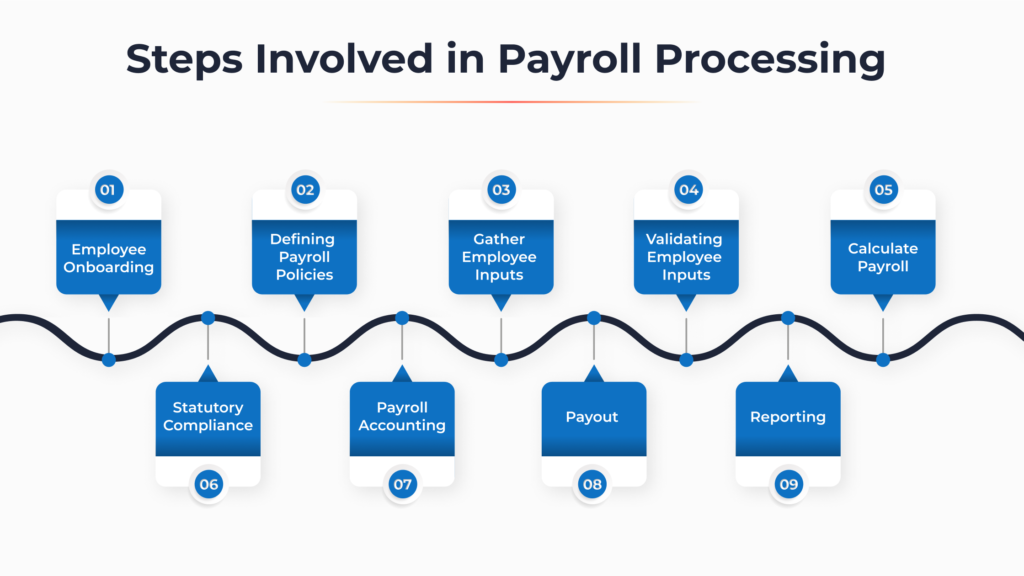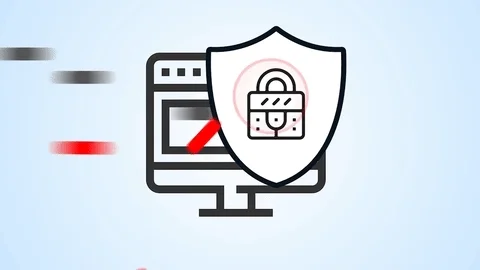UBS App is now Superworks

Payroll is one of the most crucial yet challenging business aspects of any organization. It is all related to employees’ salaries, hence, needs to be handled carefully. Even a minor mistake in payroll calculation can hinder the entire process. Therefore, there should be a proper payroll management system in place to carry out the process efficiently and effectively.
Do you agree? If yes, this post will take you through various aspects of payroll processing in order to help you eliminate your payroll headache.
Let’s get started!!

Payroll is the process of paying salaries to the employees of the company. It starts with creating the list of employees to be paid and ends with tracking the expenses. Payroll processing is a complicated process and requires different teams like HR, payroll, and finance to work together. However, businesses can reduce resources and manage all the complexities by implementing payroll software in the organization.
In simple words, a payroll process involves finding the amount to be paid to the employees in a particular payroll cycle after all the necessary deductions like PF, ESIC, TDS, meal coupons, etc.
A payroll cycle is a gap between two salary disbursements. An employer can choose to pay salaries weekly, bi-weekly, or monthly. Generally, the salaries are paid on a monthly basis in India.
Small Businesses Require HR and Payroll Management Software- Read to Know Why!
Generally, a payroll processing system has three stages: pre-payroll, actual payroll, and post-payroll activities. Let’s understand each stage one by one.

As the first step of the payroll process, employers should onboard employees and prepare a list of employees who are to be paid.
There are multiple factors that affect the net payable amount of an employee. Various policies related to payroll like leave, attendance, benefits, etc., become considerable at this point. The management must prepare these policies on priority to ensure the standard and correct payroll processing.
The payroll process requires collaborating with various departments like HR, payroll, and finance in order for you to not miss any kind of data like employee attendance, data related to any mid-year revisions, and more. In small organizations, all this data is collected from the dedicated teams of respective departments. However, big organizations make use of payroll software with advanced features like automatic accurate calculations, an employee self-service portal, an integrated leave management system, etc.
Nowadays, organizations also use payroll software for small businesses to automate processes and save time.
Once all the data is received, it needs to be validated and organized in the correct format. While you are validating the data, it must be ensured that the data is only for all the active employees and that no data for any inactive employee is present.
Once the data is validated and organized in the correct format, it gets fed into the payroll processing system of the company. Here the actual processing occurs. As a result, the net payable amount of an employee gets calculated after deducting all the taxes like PF, TDS, ESIC, etc.

All the deductions such as PF, TDS, etc., get deducted during payroll processing. The entire amount of deduction is transferred to the government agencies, which then gets returned at the time of PF return filing.
Every financial transaction is recorded by each business. Similar to this, the salary transaction is also recorded in the account’s books as a transaction. Verifying that all salary information is appropriately entered into the accounting system is a component of the payroll management system.
Organizations pay salaries in the form of bank transfers, cheques, or cash. Once the payroll processing is done, organizations must ensure that their company account has enough funds in order to pay the salaries of the employees. The salary statement is sent to the bank branch containing the details like employee ID, amount, bank account number, etc.
You can eliminate all these time-consuming tasks by using automated payroll software having the one-click disbursement feature. Such payroll software also has an employee self-service portal where the employees can access their salary slips easily.
After every payroll cycle, an automated report is maintained which contains all the necessary details regarding that particular payout cycle. Maintaining these reports is complex work. With payroll management software, these reports can be automatically generated and easily accessible.
Payroll Software is the Future of Payroll: Read to Know More!
Organizations in India need to follow legal compliances while paying employee salaries. Government compliances mostly include PF, TDS, ESIC, and PT. The process of being compliant is expensive and time-consuming if not done the right way. Compliance is complex because all the tax deductions are calculated differently. The calculations are derived from each employee’s payroll data. Furthermore, companies must regularly file returns on different portals to file such computations to the government.
Most businesses use spreadsheets or other manual processes to compute the compliances which take a lot of time and effort.
Most businesses in India still rely on spreadsheets for payroll management. Although manual processes require zero initial investment, calculations using these methods are lengthy and time-consuming. Multiple teams are required to work on payroll processing and any mishandled information can adversely affect your business. Manual processes like spreadsheets do not have the capability to stay compliant with the tax laws every month.
For payroll processing, employees are required to submit sensitive documents to the organization. These include bank account numbers, PAN, rental agreements, Aadhaar details, and more. Employees’ personal information is sensitive, and failure to protect it may cost the company’s reputation.
If you rely on a paper-based payroll process, papers can be misplaced easily, and even in a spreadsheet-based process, access to spreadsheets is just a password away from being misused.

Employees may regularly approach the management to update their particulars. Rental agreements, bank account details, or any other relevant information must be regularly updated for a smooth payroll process.
Multiple update requests may consume management’s lot of time and effort and failure to update may result in wrong salaries being credited.
What method do you use for payroll processing? Spreadsheets? How efficient are spreadsheets in payroll processing? Many organizations find spreadsheet-based payroll processes convenient at the initial stage of their operations because they have a handful of employees. This method includes calculations with a standard template that they have set mathematical formulas for the salary and compliance calculation. Spreadsheets are a cost-effective method, but not suitable for businesses when they increase their employee count.
What is payroll outsourcing? Payroll Outsourcing means trusting an outer agency for your payroll processes. Most businesses opt for outsourcing if they don’t have a dedicated resource for payroll. However, is payroll outsourcing time-efficient?
Based on each payout cycle, they provide the employee information to the agency every month. This information includes employee salary, leaves, attendance, reimbursement details, and more. The agency then calculates the salaries including all the statutory compliances.
How can an automated payroll management software help you reduce your workload?
An automated Payroll Management system will help you get rid of all the challenges related to spreadsheet-based and outsourcing processes. There are many automated payroll software that claim to be the best,. However, UBS payroll software believes in results rather than claims. This software will not only calculate the employee pay accurately but will also generate timely reports, track attendance and leave data, and take care of the updated tax compliances.
There are many automated payroll processing systems available to choose from. From simple payroll calculation tools to efficient HRMS Software, you can choose any according to your organizational needs.
Below are some of the features that you must consider while choosing payroll software for your business:
The software you choose must be easy to use. An intuitive software must reduce the additional training requirement.
The software should help employers automate their payroll process and make sure that the employees get accurate and on-time payments.
An efficient payroll software must be capable of letting the employees access their payslips, update their documents, and more in just a matter of a few clicks.
The software must provide correct leave and time management details through a web portal or a biometric device.
The payroll system is very crucial for any business. A small mistake in the payroll processes may lead to bigger consequences.
Automating the processing of payroll can help businesses become more productive.
As automation becomes more and more widespread, manual payroll processing and accounting will become outdated. You can stand out from the competition by utilizing technology to your advantage and providing your team with a great working environment.
UBS Payroll Software focuses on delivering one-click, seamless, and end-to-end payroll processing to businesses. Get in touch to know more.
Payroll is the compensation employers pay to their employees in exchange for their work for the organization. The payroll process includes tracking the working hours of the employees, calculating salary, and paying it to the employees through bank transfers or cheques. Read the blog to know more.
Payroll software is an on-premises or cloud-based solution that helps organizations manage, maintain, and automate payments to their employees.
There are various payroll processing methods like spreadsheet-based payroll methods, outsourcing, and automated payroll management systems. You can choose any according to your organizational requirements.
A payroll system in HR is software that is used to automate the payroll process of an organization. An efficient payroll system calculates accurate salaries considering all the applicable tax compliances, generates automatic reports, and more. Read the blog to know more.
There are various types of payroll systems available according to the company size and requirements. These include in-house managed or manual payroll systems, professionally managed payroll systems, Outsourcing payroll systems, and automated payroll software.
We are here to help you find a solution that suits your business need.
Get a visual representation of how we work!
Schedule DemoOur sales expert is just one call away to meet your needs.
Get In TouchHave a question?
Chat with Us